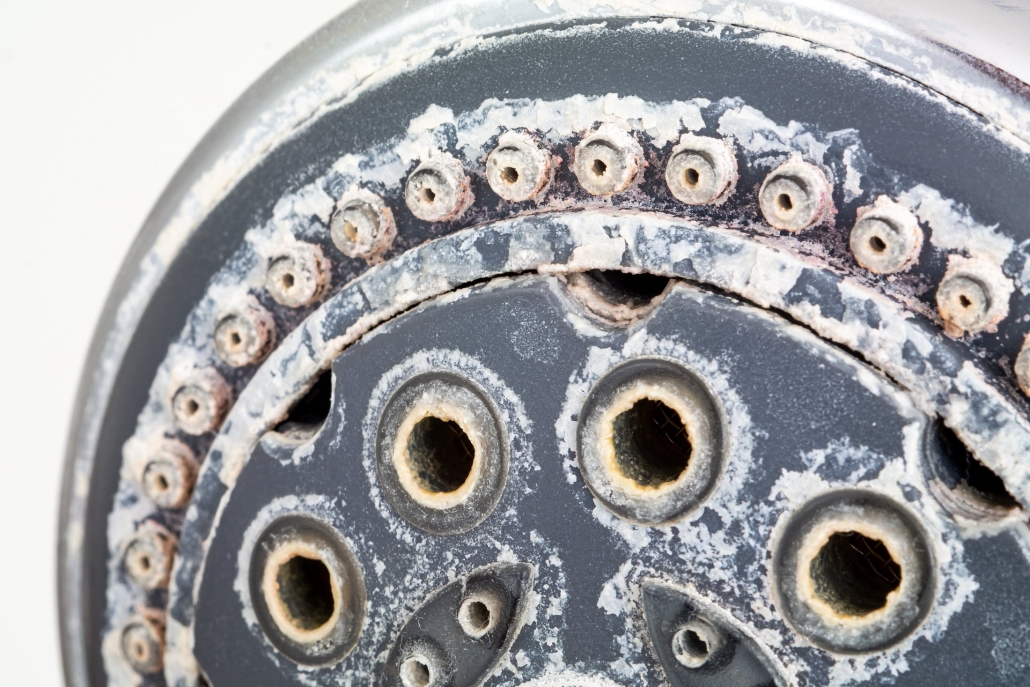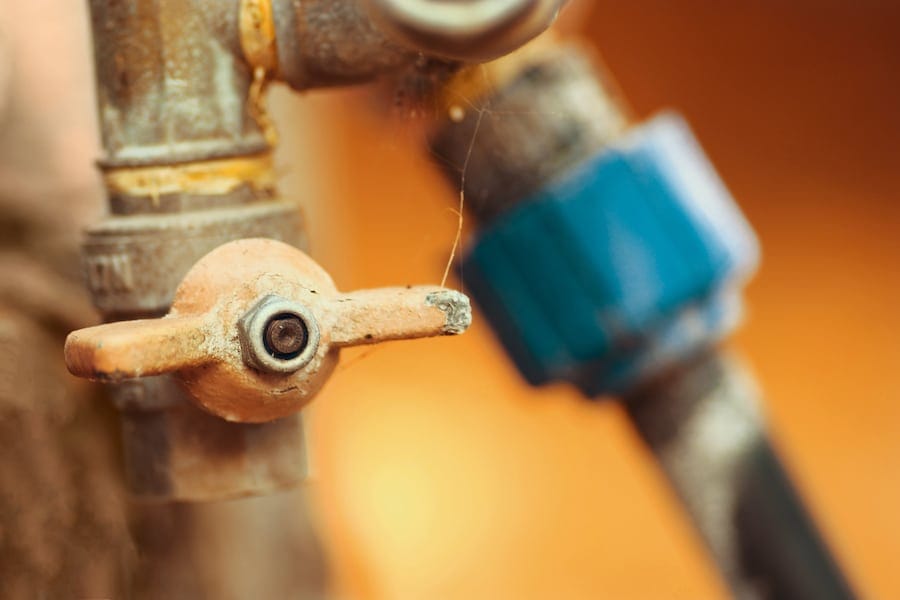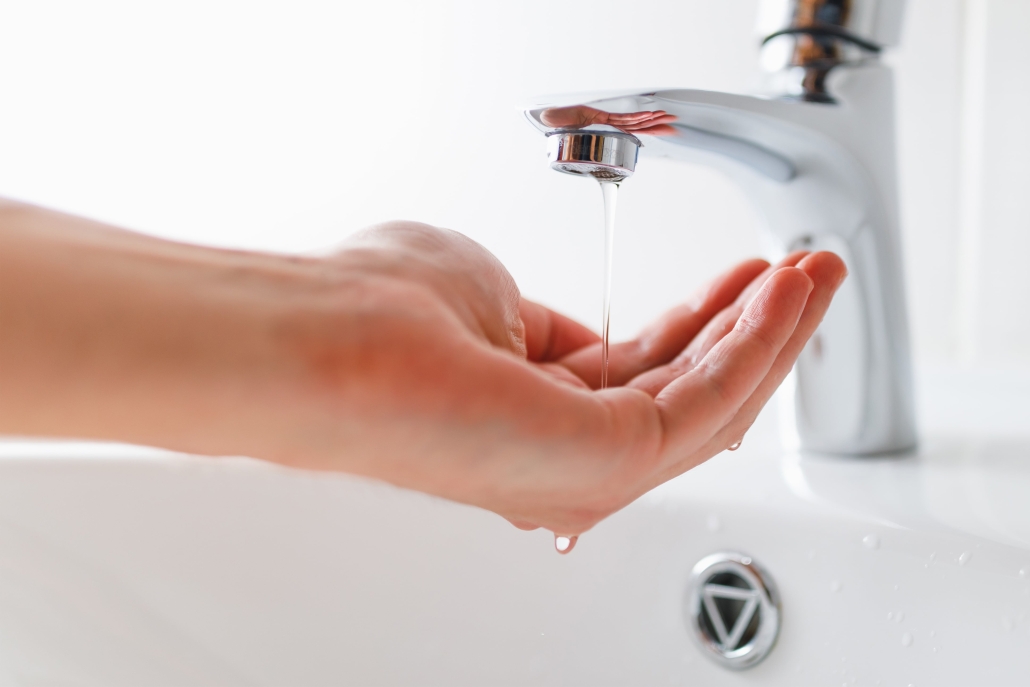Low Water Pressure: Causes and Solutions
Understanding Low Water Pressure
Low water pressure in your home can be frustrating and inconvenient. Weak water flow can disrupt your daily activities, whether you’re trying to shower or water your garden. Fortunately, identifying the underlying causes and implementing practical solutions can restore normal water pressure. This article aims to help homeowners, DIY enthusiasts, and property managers understand why they might be experiencing low water pressure and how to fix it.
Common Causes of Low Water Pressure
Clogged or Partially Closed Water Supply Valves

Unlocking Your Home’s Full Flow: Diagnosing and FixOne of the most straightforward causes of low water pressure is a clogged or partially closed water supply valve. These valves control the flow of water to different areas of your home. Water flow will be restricted if they are fully open or obstructed.
Buildup of Mineral Deposits or Sediments
Over time, mineral deposits or sediments can accumulate inside your pipes, reducing the inner diameter available for water flow. This buildup often occurs in homes with hard water and can significantly impede water pressure.
Leaks in the Plumbing System
Leaks, whether visible or hidden, can lead to a drop in water pressure. Water escaping from the system means less flow through your taps is available, leading to reduced pressure.
Issues with Municipal Water Supply
Sometimes, the problem is outside your home but with the municipal water supply. Pipe damage or high demand in your area can temporarily lower the water pressure. Raleigh, NC Water and Sewer Link: https://raleighnc.gov/water-and-sewer/water-service-faq
Malfunctioning or Incorrectly Sized Water Pressure Regulators
Water pressure regulators control the water pressure entering your home from the municipal supply. If these regulators malfunction or are incorrectly sized, they can cause inconsistent or inadequate water pressure.
How to Fix Low Water Pressure
Check Water Supply Valves

Start by inspecting the water supply valves leading to the affected areas. Ensure they are fully open and free of any obstructions. Adjusting the valves to their correct positions can often immediately resolve issues with low water pressure.
Address Mineral Buildup
If mineral deposits are suspected, consider installing a water softener to treat hard water and prevent future buildup. Additionally, a descaling agent can help clean out existing deposits in the pipes, thereby improving water flow.
- Inspect for Leaks
- To look for any signs of leaks, conduct a thorough inspection of your plumbing system, as leaks can often be found around fixtures, while hidden leaks may require a professional plumber to locate them. Repairing leaks promptly will restore normal water pressure and prevent further damage to your home.
- Contact Your Local Water Authority
If no issues are found within your home, contacting your local water authority is essential. They can confirm whether there are any problems with the municipal water supply and provide information on when full service will be restored.
Check the Water Pressure Regulator
A malfunctioning or improperly sized water pressure regulator can be tricky to diagnose. Have a professional plumber check the regulator for any issues. They can adjust or replace it to ensure consistent and adequate water pressure.
Normal PSI for residential water pressure is between 45-80 psi for the average water pressure range. Residential water pressure ranges between 45 and 80 psi. Water pressure under 40 psi is considered low. A psi between 20 and 30 is very low and is below the minimum required by most building codes.
Conclusion
Raleigh, NC Plumber, and Residential Resource Link: https://raleighnc.gov/water-and-sewer/water-service-faq





